Because I wanted to learn more about the MBTI, I read “An Introduction to the MBTI: Applying Jung’s ‘Type Theory’ to Everyday Life ” and“Type Theory. In this article, I will summarize what I learned from the contents of An Introduction to the MBTI.
.- Invitation to MBTI
- Regarding each indicator of the MBTI
- Misconceptions about extroversion (E) and introversion (I): the directionality of the mind’s energy
- Sense (S) and Intuition (N): How to gather information and perceptual functions
- Thinking (T) and feeling (F): judgmental function of information
- Judgment (J) and perception (P): attitudes toward the external world
Invitation to MBTI
Assumptions of the MBTI’s approach to results
- MBTI types alone do not explain everything. One cannot simply predict a person’s behavior or aptitude based solely on their type. Do not misunderstand this point.
- That is not to say that it is completely useless; typology provides clues to the underlying patterns and structures of experience and thinking that are unique to each individual.
- The reason each indicator has two poles is based on the premise that knowing the difference between opposites is valuable, constructive, and helpful.
- Type is not indicative of an individual’s ability or success. Orientation is just an idea of what a person prefers and is comfortable using because being oriented does not indicate that one is uniquely capable of that function.
Assumptions of the typology
- The MBTI questionnaire items are forced-choice in that the respondents are forced to choose one of two options. In the case of the continuous scale concept, both poles are measured as the same ratio and expressed in the form of percentages, etc., but Jung’s model is different from this. It is based on the idea that one cannot focus on both the details and the big picture of things at the same time.
- One can and does naturally use each of the two poles or use skills related to each of them depending on the situation, but one cannot use both opposites at the same time. For example, one cannot use extroversion and introversion simultaneously in a single situation.
- However, the opposite aspect that is not being used just does not come up under the conscious mind, but it is acting unconsciously. For example, even when a person who habitually uses extroversion is reacting to outside stimuli, his or her introversion is still operating in a way that he or she is not aware of.
- Just as the hand has a dominant hand, the mind has the same energy source, but that one is habitually used more than the other.
Isn’t this premise seemingly contradictory to say that one cannot use both polar habits of mind at the same time in one situation, but that the one not used is acting unconsciously? Or, as some people are ambidextrous even in the case of their dominant hand, to what extent can both be raised to the same level in an acquired state? I would like to summarize this at some point, since Jung’s “Type Theory” describes it in more detail.
Introduction to typology
- Psychological types are patterns of people’s habits of mind
- Jung proposed that types of human habits of mind can be classified by three indicators with opposing poles.
- Brix and Myers and their children contributed to the practical application of the concepts created by Jung by adding a fourth indicator to Jung’s three above
To summarize the four indicators,
Do you feel that it refers to the habit pattern of the mind in the sequence of actions based on which way one’s mental energy is directed (E and I), gathering information (N and S), and what kind of judgment (T and F) one makes and values on the collected information?
Regarding each indicator of the MBTI
Misconceptions about extroversion (E) and introversion (I): the directionality of the mind’s energy
- It is commonly recognized that extroversion is “diplomatic and active behavior” and introversion is “shy and withdrawn behavior,” but this is completely different from the original meaning proposed by Jung. When Jung’s expressions were interpreted in the American way, they led to erroneous conclusions.
- Essentially, it is about the direction of the mind’s energy. Extroversion is “seeking and gathering energy outside of oneself”. Inwardly directed is “to seek and gather energy within oneself.”
- Which one recharges my energy mostly? You might ask the question
Extrovert (E)
- I feel the need to think as we talk.
- Thoughts that are externalized through speaking have richer and more complex meaning. Thoughts that stay inside feel like noise and only become meaningful when the thoughts and feelings are outside of oneself.
- I get my energy from interacting with the people around me.
Introvert (I)
- Do not feel the need to put their thoughts and ideas out there unless they are required to communicate them to others
- Energy is spent on working on one’s inner self and drawing internal things about what is seen and heard.
- Stimulation and introspection will revive your energy.

In the original Jung’s “Type Theory,” I had the impression that the author viewed the self and the world (the outside world) more oppositely with regard to E/I, and which one is perceived as dominant, but I think it is interpreted in a milder way in “An Invitation to the MBTI”.
Sense (S) and Intuition (N): How to gather information and perceptual functions
- Refers to the way information is gathered and perceived functions
- Sensory function: gathering information from concrete facts
- Intuitive function: gather information comprehensively with flashes of inspiration from abstract images and associations
- Both functions are equally important. Because when you are trying to execute something, the big picture and the details are equally important.
Sensory type (S)
- Thinking people gravitate toward the accumulative and practical one by one, and put more emphasis on the practical.
- When intuitive people talk about concepts and theories, they are perceived as “dreamers” and “deskilled” people
Intuitive type (N)
- Attracted to the big picture, goals, concepts, etc., and focused on generating ideas
- When a sensory-type person is talking about details or practical matters, he/she comes across as a “boring person who talks a lot”.
Thinking (T) and feeling (F): judgmental function of information
- The judgment function of information taken in through the senses OR intuition. People use the judgment function to make sense of the information they have gathered and to determine its relative importance, goodness or badness.
Thinking type (T)
- Analyze and make judgments based on cause and effect when drawing conclusions about the information gathered
- Subjective experience, out of the situation or object being experienced, objectifying the world and capturing it with logic.
Emotional type (F)
- Judgments are made with an emphasis on personal values and harmony in relationships with oneself, others, and other individuals.
- To see the variables of the situation you are experiencing, to see the impact on others, to go into that situation and subjectify and capture the world
Judgment (J) and perception (P): attitudes toward the external world
- Attitudes toward the outside world
- Which of the two process functions (perception and judgment) for information that I just mentioned is more visible to the outside world?
Judgmental Attitude (J)
- Easily find satisfaction in finishing work well in advance of deadlines
- Proficient in creating to-do lists and prioritizing tasks
- At the end of a deadline, if a change suddenly occurs, you may be able to handle the situation, but you may still think, “If I had planned better, I could have prevented it. Next time, let’s take measures to prevent the same thing from happening again,” thinking in your mind.
Perceptual Attitude (P)
- Tendency to be resourceful without a frame of reference
- Because they are confident that going with the flow will lead to the best results, they may appear to those around them as if they are ready to drink, abandoning a detailed schedule. But from the P-type’s point of view, ‘If I plan and make a decision at this point now, am I giving up the possibility of something better happening or more information later? ‘ I feel + confident that I can be flexible if circumstances change later.
- Before coming to a single conclusion, they find all the information they can think of that seems valid and do several things at the same time.
As for Myers’ new definition of how to treat the outside world
Why did you distinguish between the perceptual function (N/S) and the judgment function (T/F) of information and decide that one of them is more represented to the outside world? With respect to information, it is supposed to be a series of processes of “perceiving and judging,” but only one of the processes is more visible to the outside world?
I personally have the question, “What is the definition of the word “a”?”, but let’s just say that I’ve defined it that way.
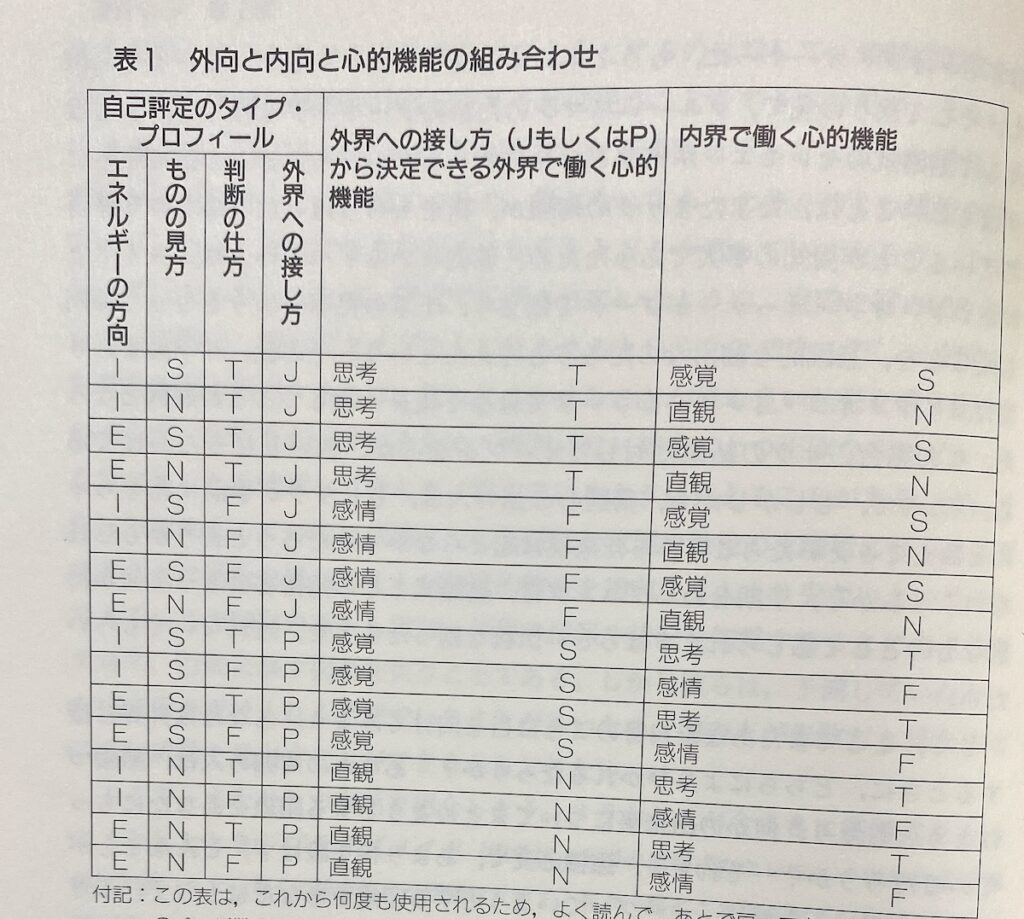
Next,
- Primary and auxiliary functions of the mental function: how do we automatically determine the 16 types of primary and auxiliary functions based on Myers’ definition?
I would like to summarize the following.
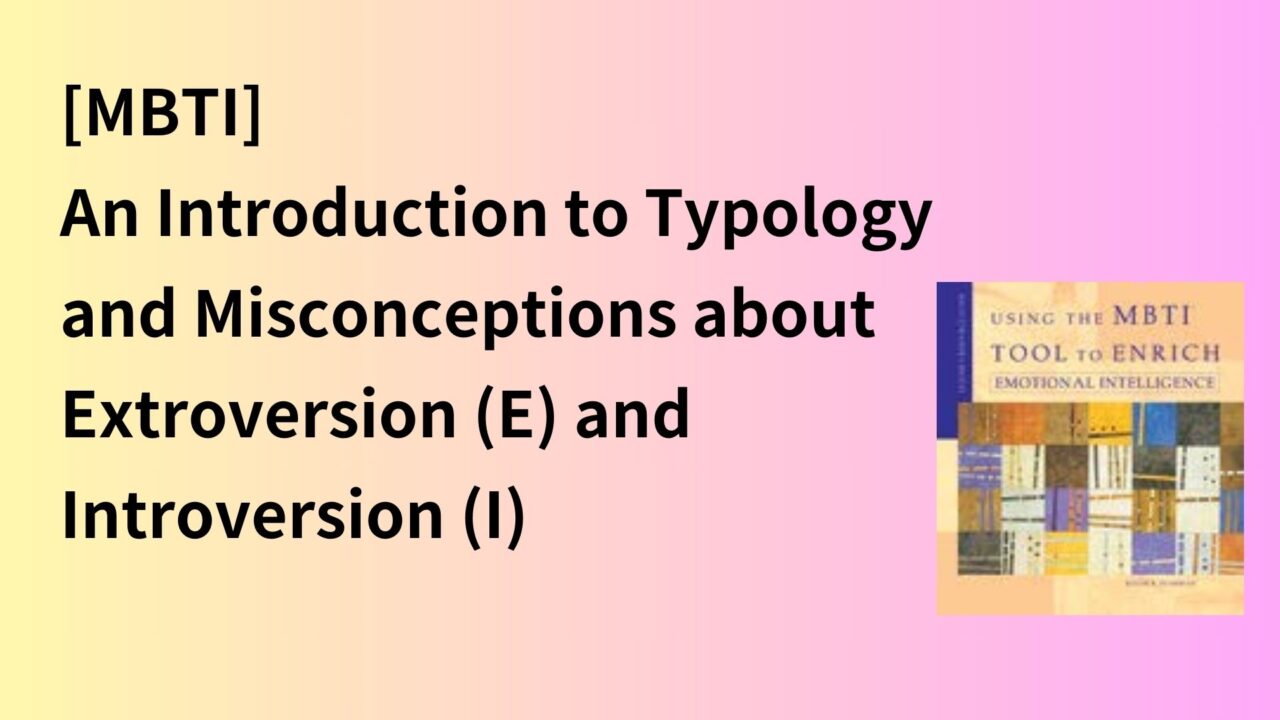


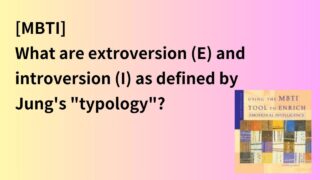
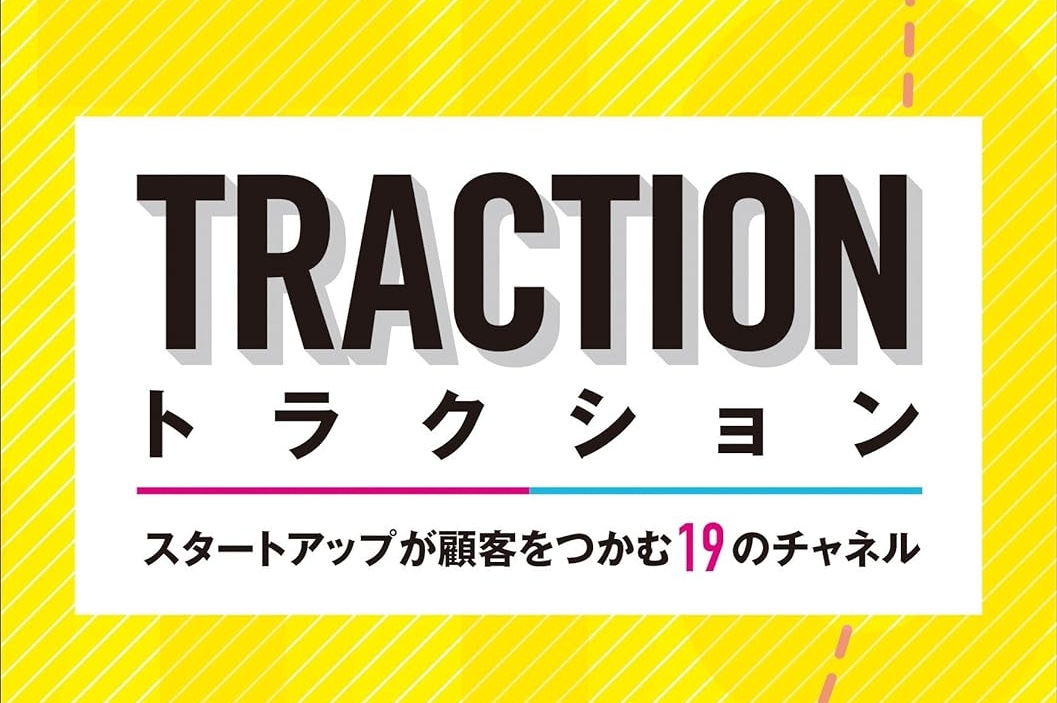
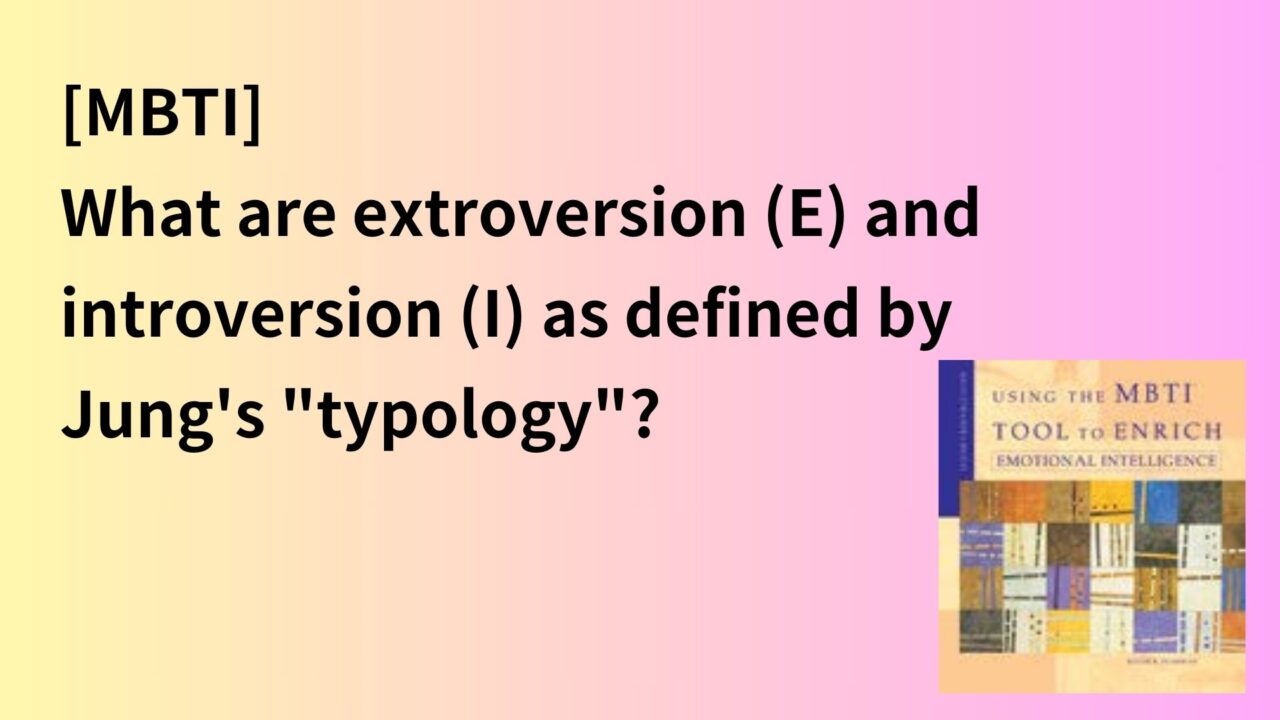
コメント